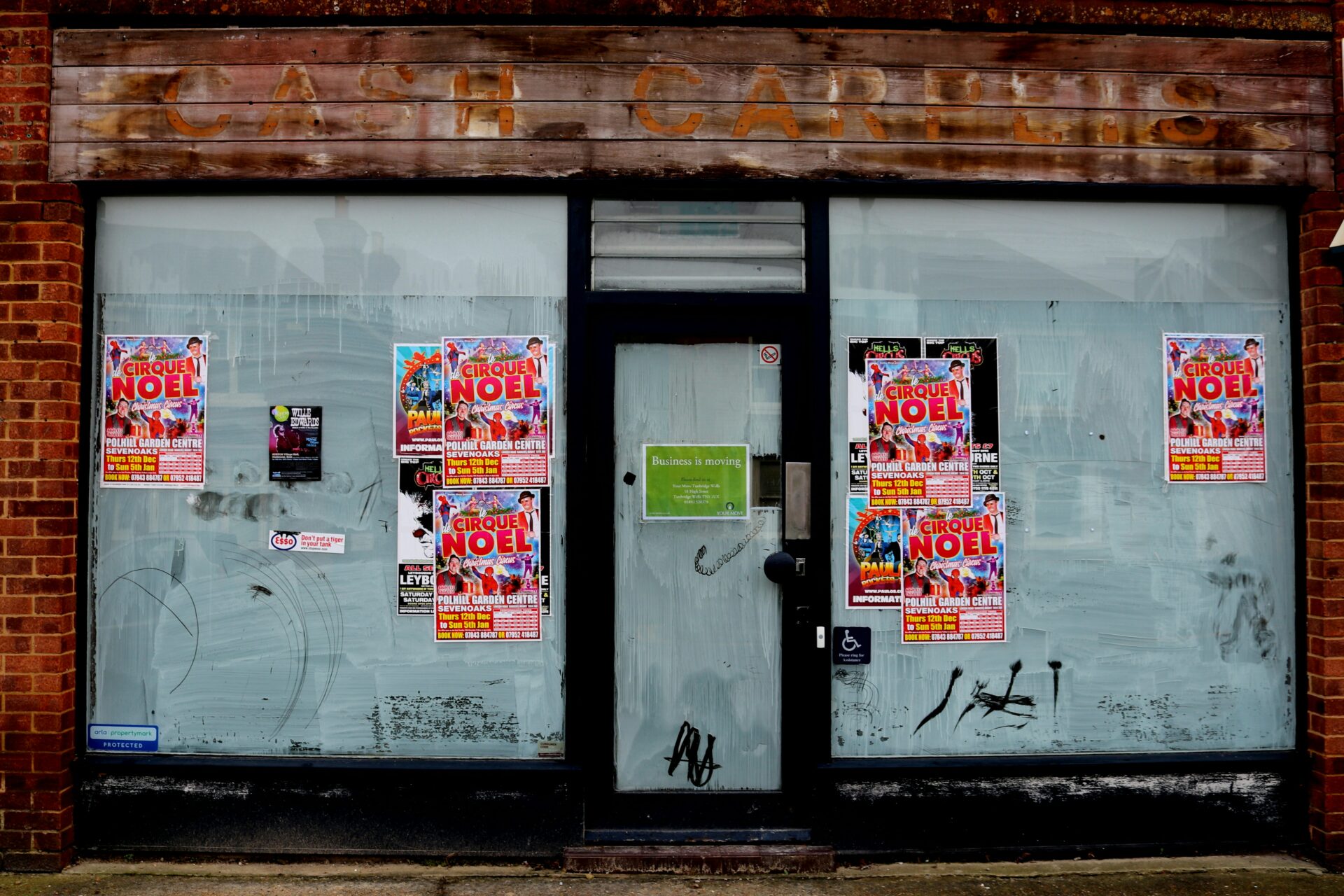Responsibility: A burden or a guiding principle for the future?
Responsibility is more than a duty – it's an attitude that sustains our society. The overwhelming majority of citizens consider a willingness to take responsibility to be of central importance. It turns out that the older a person is, the more readily they associate responsibility with stability, shaping the future, and community. Younger people, on the other hand, sometimes struggle to perceive themselves as both effective and responsible. What we need is a new understanding of responsibility – one that enables personal initiative and participation without being overwhelming.











